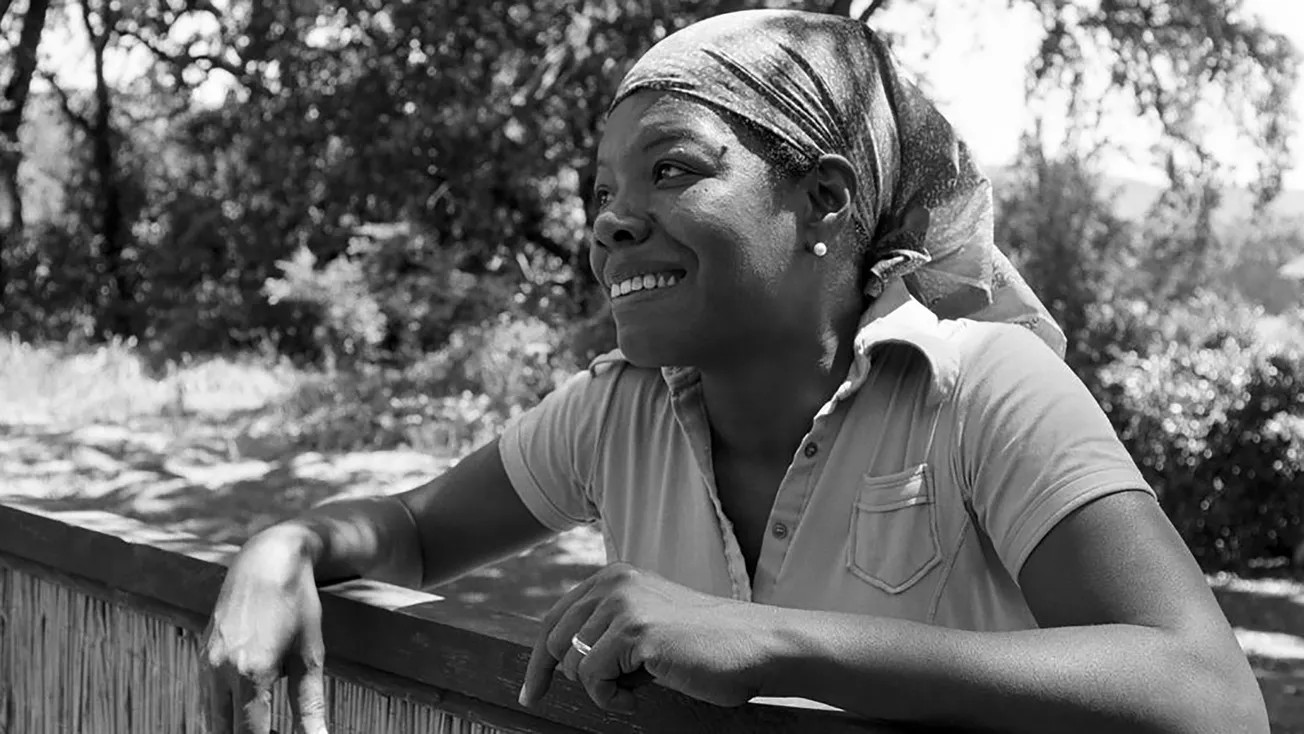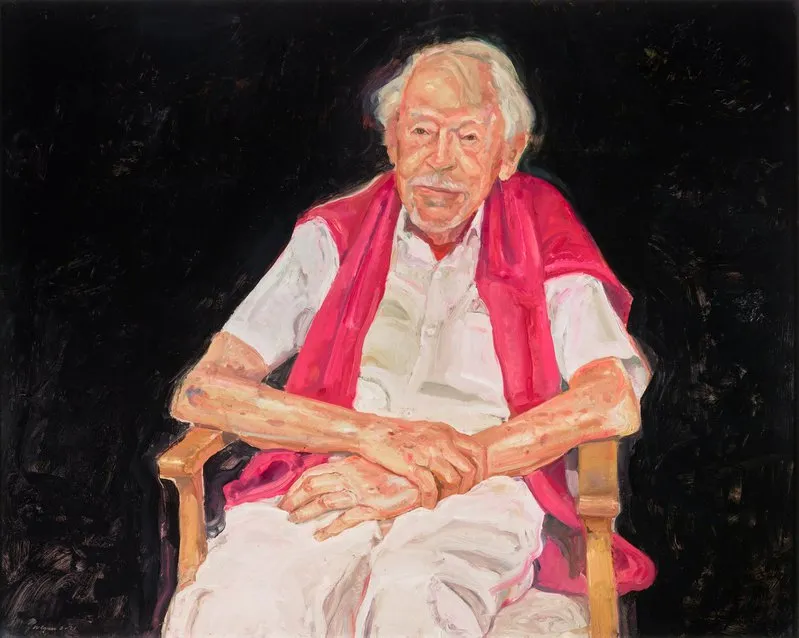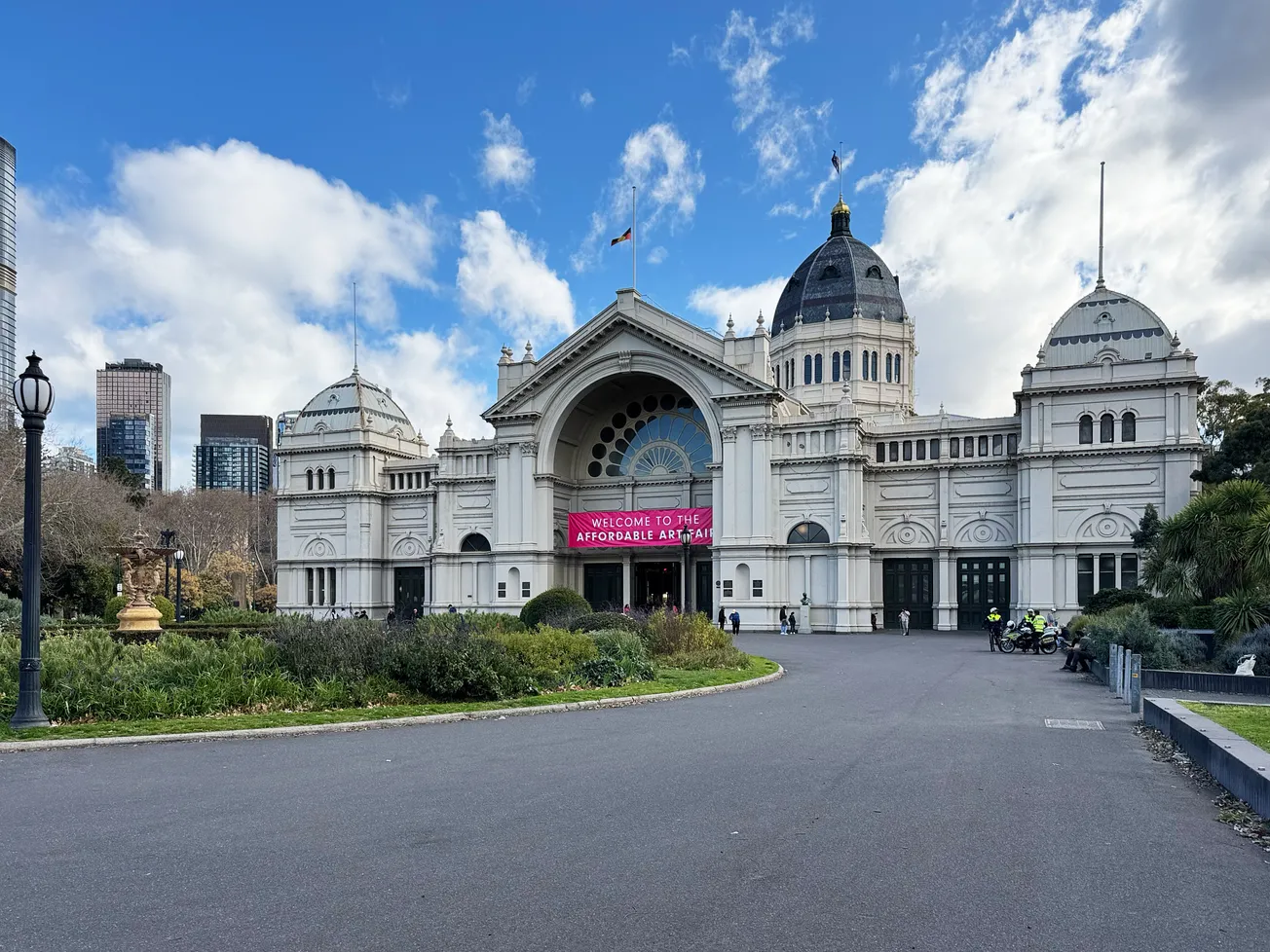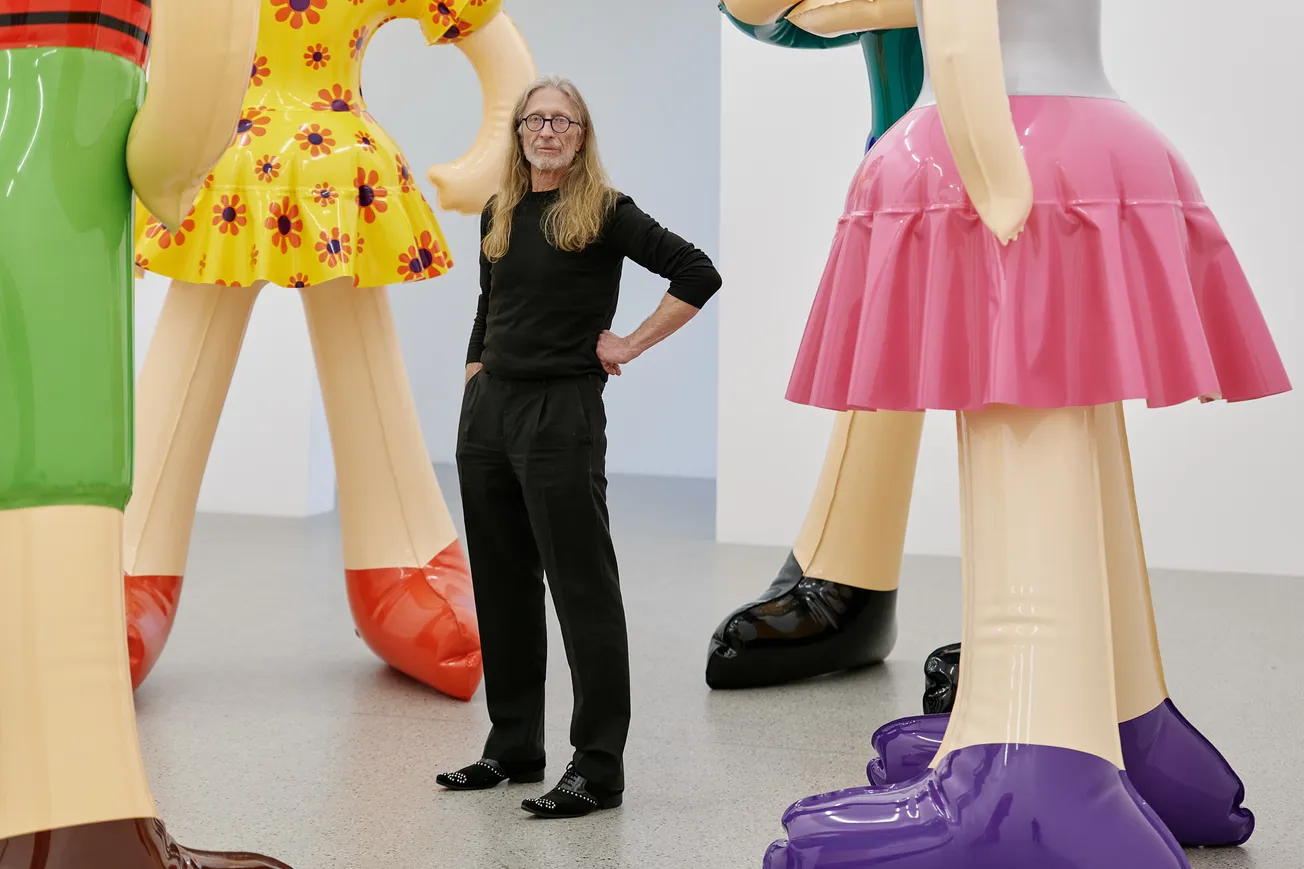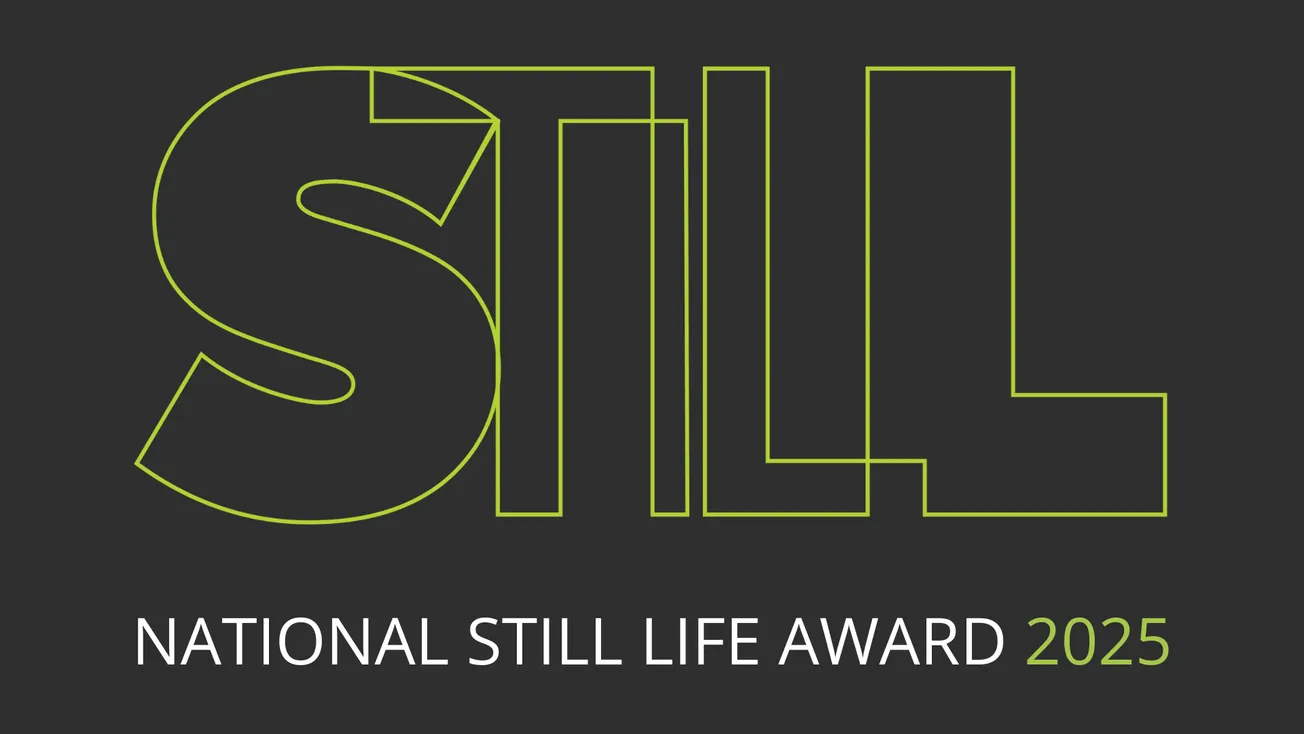Table of Contents
This Friday, November 8, the Art Gallery of New South Wales opens a significant exhibition that seeks to reframe how we understand contemporary Australian art. And Still I Rise brings together twenty culturally diverse women artists living in Australia—many internationally recognised yet less familiar on home soil—in a show that spans textiles, painting, metalwork, installation, and video. The title, borrowed from Maya Angelou's defiant 1978 poetry collection, signals the exhibition's central concern: resilience in the face of marginalization, and the persistent vitality of artists navigating multiple cultural identities.

The exhibition arrives at a moment when Australian cultural institutions are grappling with questions of representation and whose stories get told. Funded by the Cindy Chak Yee Huang art fund specifically established for female Asian artists, And Still I Rise occupies the Asian Lantern galleries in the Naala Nura building—a deliberate placement that acknowledges both the specificity and the expansiveness of the curatorial vision. Free admission removes barriers to access, opening this conversation to the widest possible audience.
Beyond Established Narratives
The curatorial statement promises works that are "conceptually challenging, philosophically layered and intricately crafted." This is not empty gallery-speak. The twenty artists—Kim Ah Sam, Mia Boe, Mechelle Bounpraseuth, Rainbow Chan, Agnes Christina, Rubaba Haider, Gillian Kayrooz, Jenna Mayilema Lee, Eugenia Lim, Kyra Mancktelow, Haji Oh, Mandy Quadrio, Monica Rani Rudhar, Marikit Santiago, Devi Seetharam, Sancintya Mohini Simpson, Shireen Taweel, Bic Tieu, Suzann Victor, and Wendy Yu—each bring distinct practices informed by what the gallery describes as "lived experience and inherited memory."
That formulation is key. These are artists working at the intersection of personal history and broader cultural narratives, creating work that draws from specific traditions while speaking to contemporary Australian experience. The exhibition draws primarily from AGNSW's permanent collection, supplemented with new commissions, suggesting both the institution's existing commitment to these artists and recognition that gaps remain to be filled.
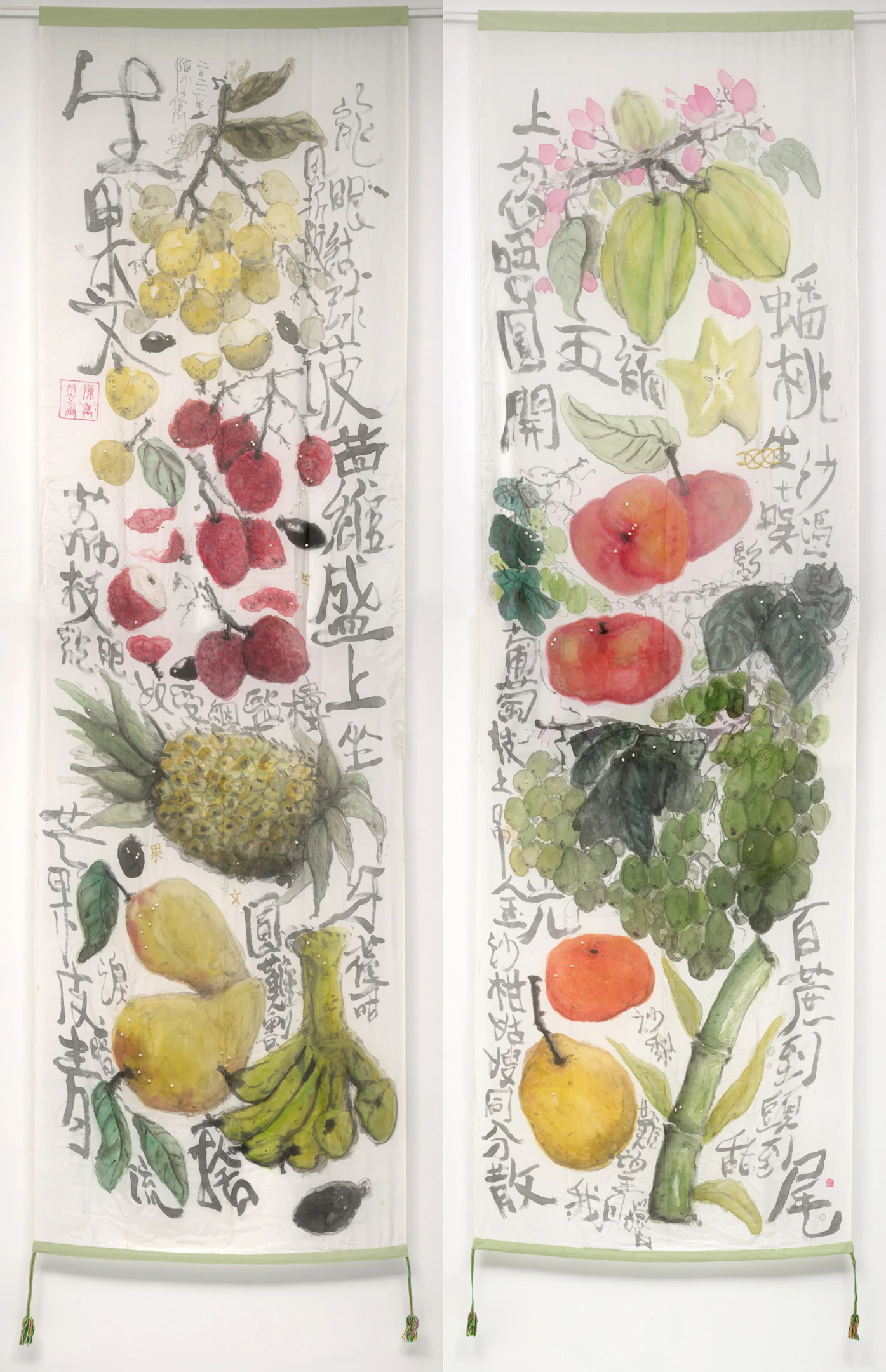
Painting as Political Act
Among the most visually arresting works likely to be encountered is the painting practice of Mia Boe, a Brisbane and Melbourne-based artist of Butchulla and Burmese ancestry. Boe's canvases are immediately recognizable: long-limbed black figures with elongated legs inhabit vibrant, flattened landscapes rendered in oil and acrylic. But these aren't decorative compositions. The figures are often imprisoned, dragging, accompanied by animals or spirits—visual manifestations of what Boe describes as responses to "historical and contemporary acts of violence perpetrated on the people and lands of Burma and Australia."

Her 2024 Archibald Prize finalist work, "Toe Knee Arm Strong," exemplifies this approach: a large-scale painting (198 × 137.2 cm) that tackles enormous political issues through colour and formal energy. The inheritance and disinheritance of both her Butchulla and Burmese cultures drives a practice that seeks to record and recover Indigenous histories often erased or distorted. This year alone, Boe has mounted three solo exhibitions—at Hervey Bay Regional Gallery, Sutton Gallery in Melbourne, and Roslyn Oxley9 in Sydney—and completed the Fiona Foley Residency on K'gari and Hervey Bay. Her inclusion in And Still I Rise positions her haunting figurative work within a broader conversation about cultural memory and contemporary witness.
Sound, Silk, and Matrilineal Memory
Where Boe works with paint, Chun Yin Rainbow Chan operates across sound, performance, installation, and visual art—a multidisciplinary practice that has made her one of Australia's most innovative artists. Born in Hong Kong in 1990 and now based in Sydney, Chan's work centres on diaspora, creative mistranslations, and matrilineal histories. Her maternal heritage traces to the Weitou people, among the first settlers in Hong Kong. In 2017, Chan began learning the endangered Weitou language and now performs internationally in it—an act of cultural reclamation that underpins much of her practice.
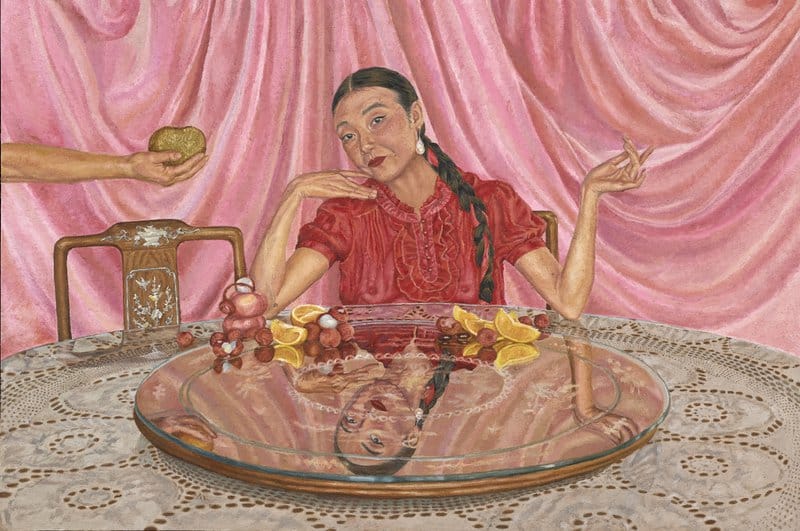
The exhibition features Chan's 2022 work "Fruit Song," part of a series that creates immersive installations combining silk paintings, traditional weaving, and sound to revitalize women's folk songs from Weitou culture. These aren't museum recreations but living, breathing reinterpretations that make space for contemporary experience within traditional forms. Chan won FBi Radio's Northern Lights Competition in 2011 and has since risen through Sydney's electronic music scene to national recognition, including the 2022 "40 Under 40: Most Influential Asian Australians Award" and Artist of the Year at the FBi SMAC Awards. Her 2024 work "Long Distance Call (長途電話)" was selected for the Museum of Contemporary Art's Primavera exhibition, and this year she was the subject of an Archibald Prize portrait by Whitney Duan—testament to her growing prominence in Australian cultural life.
Language as Material, Books as Sites of Contestation
Perhaps no artist in the exhibition engages more directly with colonial legacies than Jenna Mayilema Lee, a Gulumerridjin (Larrakia), Wardaman, and KarraJarri Saltwater woman with Japanese, Chinese, Filipino, and Anglo-Australian ancestry. Based between Brisbane and the United Kingdom, Lee works primarily with books—specifically, colonial books and dictionaries that attempted to record Indigenous Australian languages, often poorly and with violence embedded in the very act of documentation.
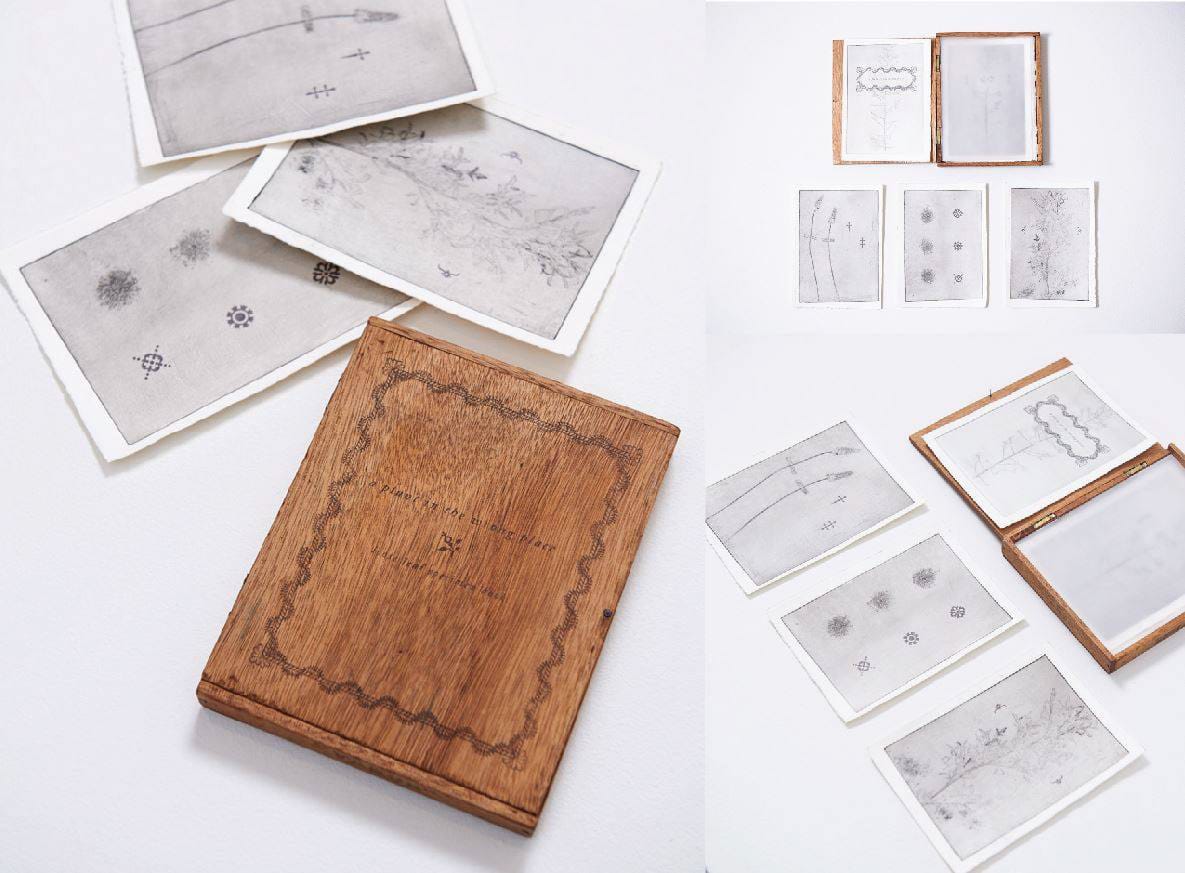
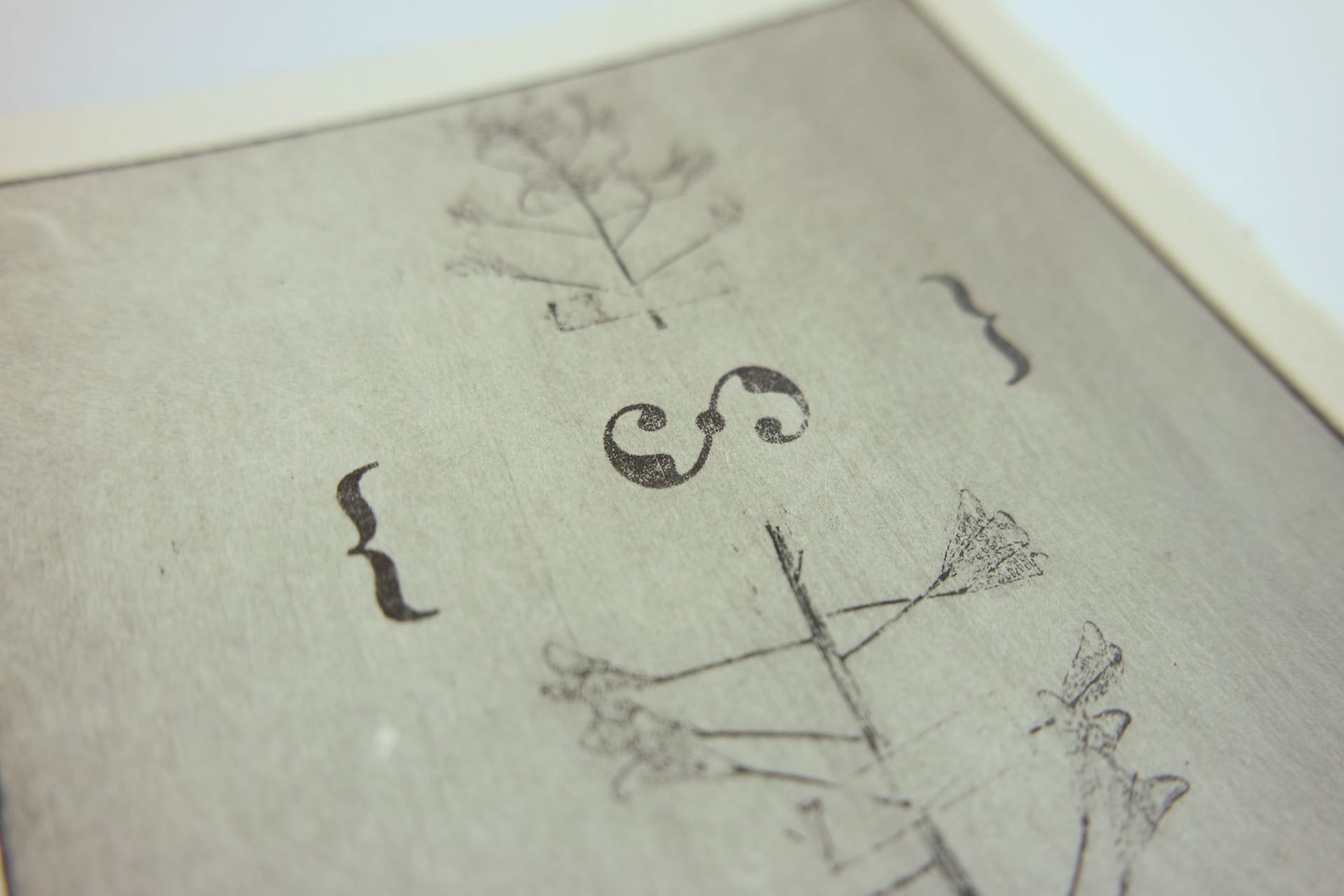
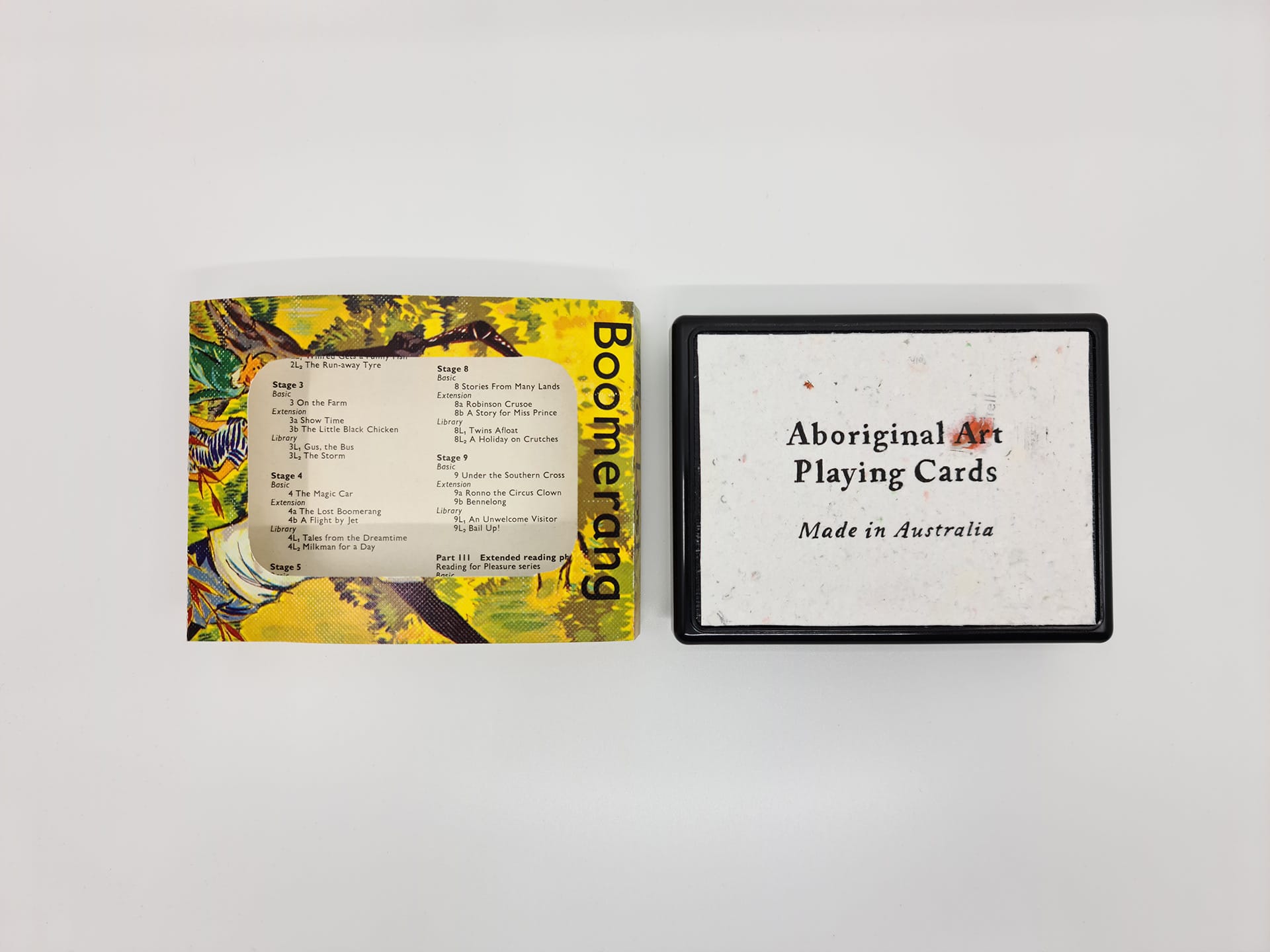





Jenna Lee, work from deconstructed dictionary series. Lee ritualistically deconstructs colonial dictionaries that poorly combined First Peoples languages, transforming them into new forms of cultural beauty and pride. The Gulumerridjin (Larrakia), Wardaman, and KarraJarri artist works with language as material.
Lee's practice is ritual and transformation. She physically deconstructs these colonial artifacts, cutting pages away from spines to create forms resembling traditional grasses, fashioning grass tree sculptures from the deconstructed remains of language dictionaries, crafting vessels from the pages of history books. The works are beautiful—intricately crafted objects that possess formal elegance—but they're also profoundly political. By taking apart the tools of colonial knowledge production and reassembling them as new forms of cultural beauty and pride, Lee performs what the curator describes as being "deeply intrigued by what is lost in translation."
Her recognition has been substantial: the 2024 Waterhouse Natural Science Art Prize, the 2023 Hazelhurst Art on Paper Award for Emerging Artists, finalist positions in the 2024 Wynne Prize and Blake Art Prize, and the 2020 Wandjuk Marika 3D Memorial Award. Work has been shown at the Pitt Rivers Museum in Oxford, the Institute of Modern Art, and the National Gallery of Victoria. Represented by MARS Gallery in Melbourne, Lee's practice offers one of the most conceptually sophisticated engagements with language and materiality in contemporary Australian art.
Weaving Migration
Haji Oh brings a different but equally layered perspective on displacement and cultural identity. Born in Osaka in 1976 as a third-generation Zainichi Korean—descendants of Koreans who migrated to Japan during the colonial period—Oh moved to Australia in 2014 and now lives in Wollongong. Trained in dyeing and weaving at Kyoto City University of the Arts (MA 2002, PhD 2012), she employs textile techniques—weaving, dyeing, stitching, braiding—alongside photography, audio, and text to explore what she describes as "experiences of dispossession, dispersion and migration."
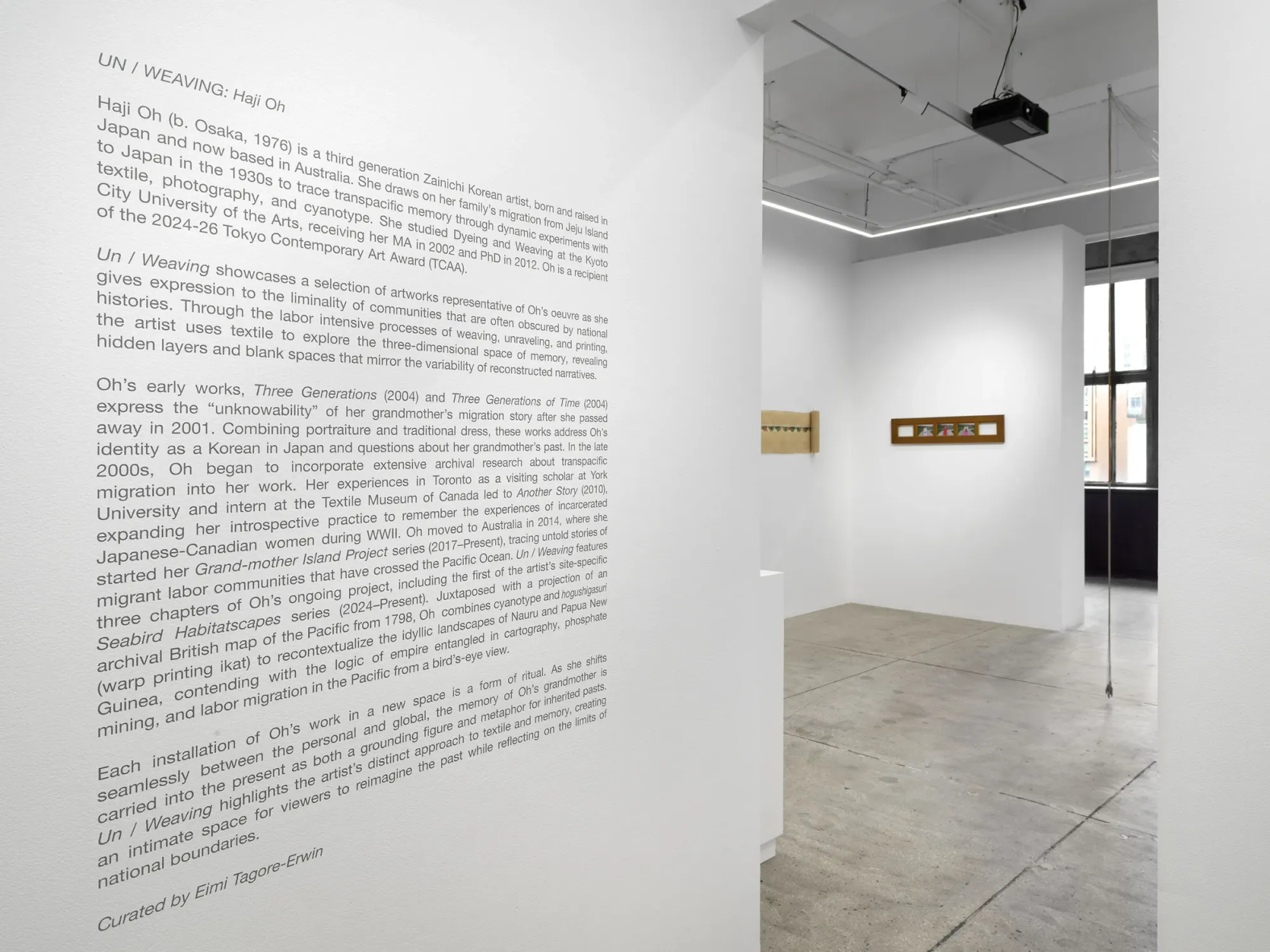
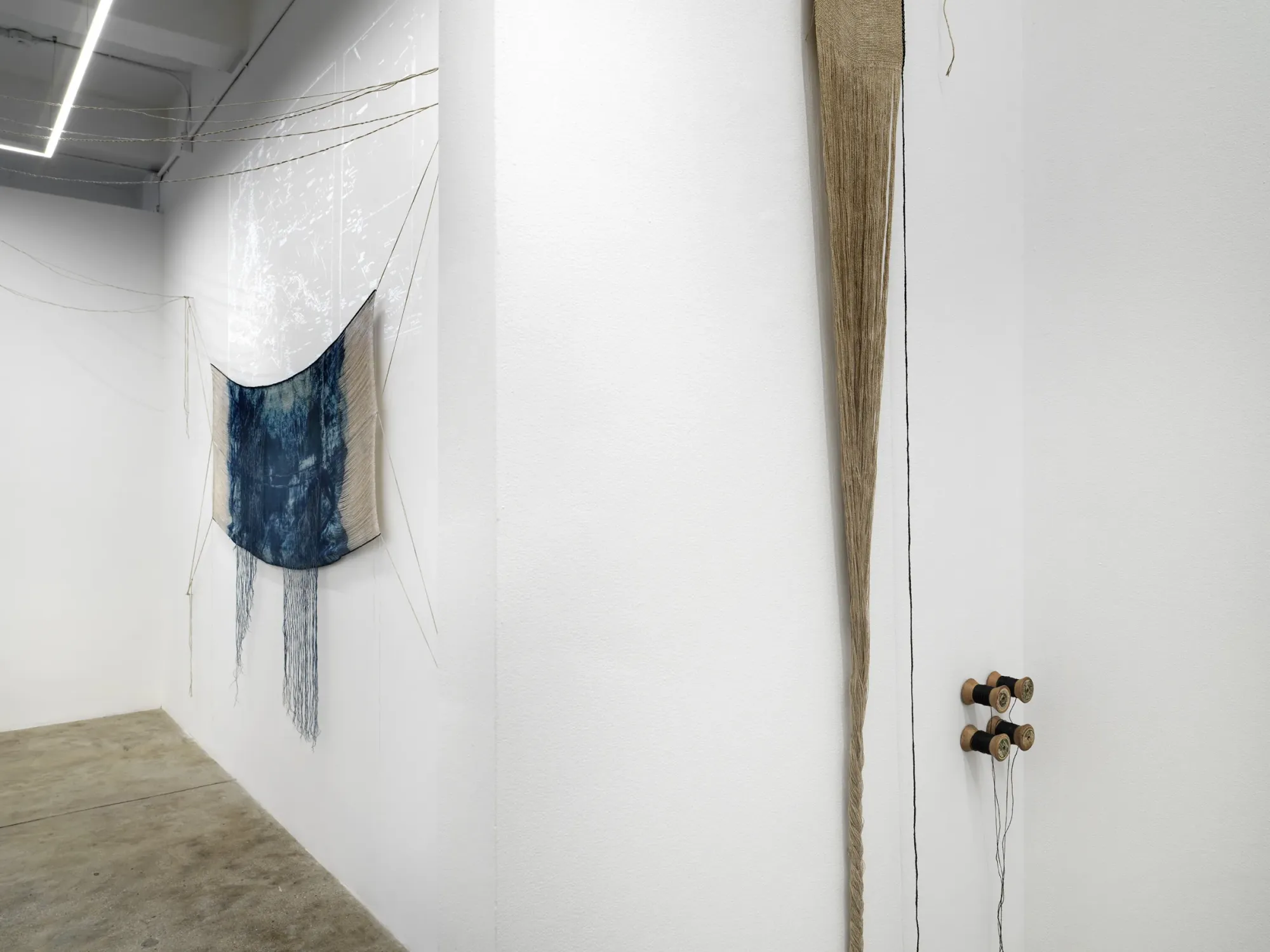
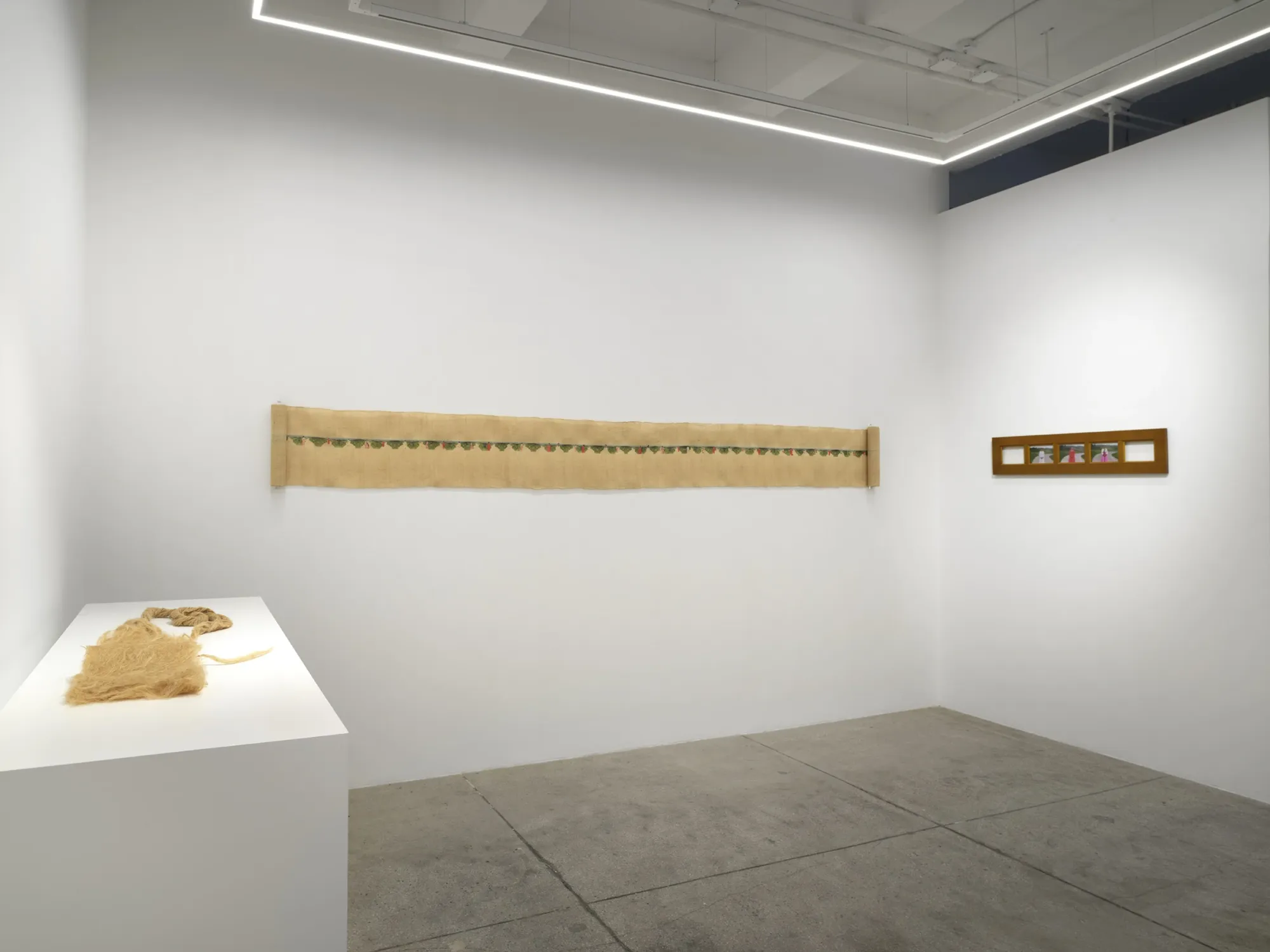



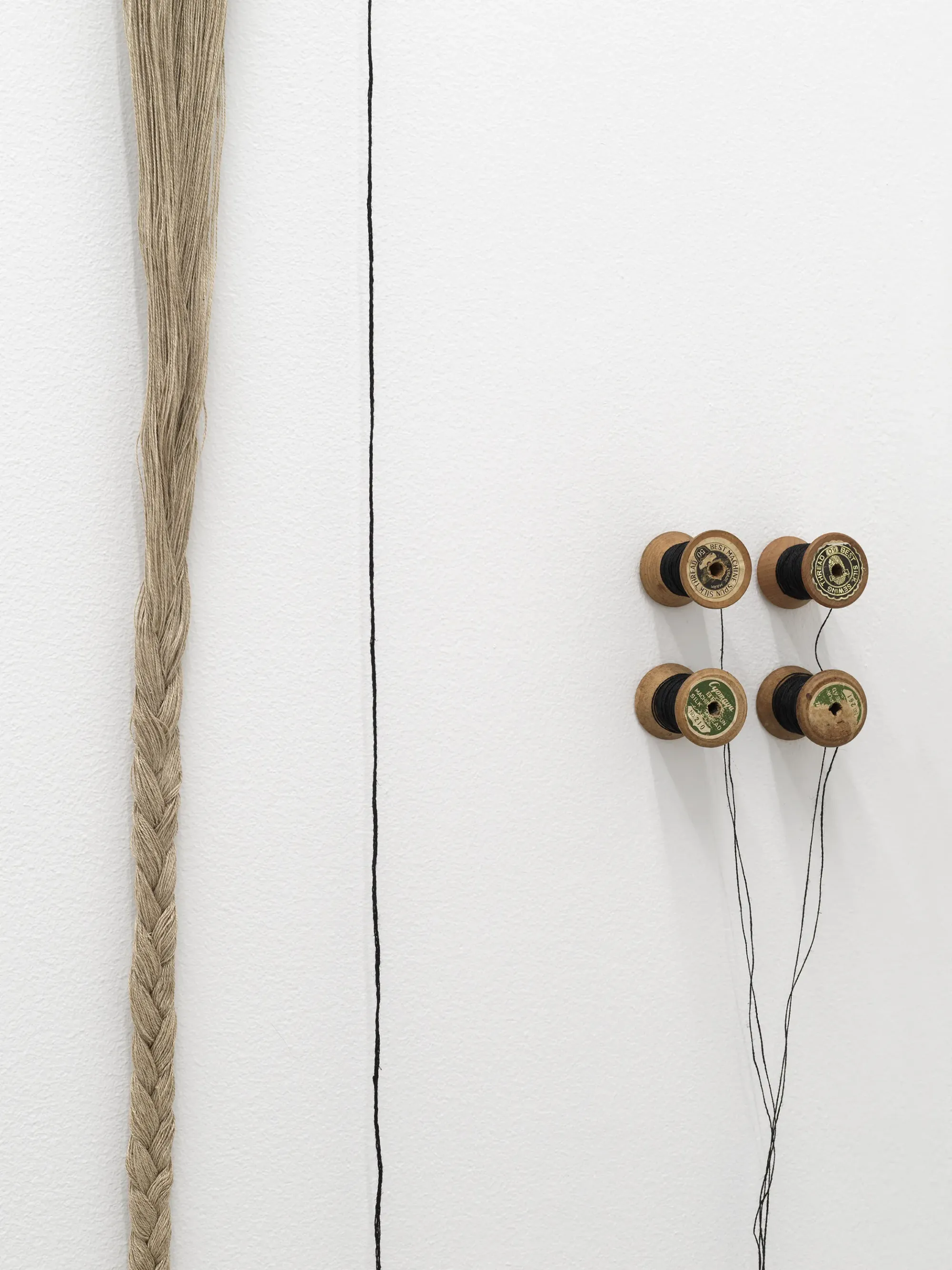


Haji Oh, textile installation (detail). The third-generation Zainichi Korean artist uses weaving techniques to explore experiences of dispossession, dispersion and migration. Oh recently won the prestigious Tokyo Contemporary Art Prize 2024-26. Image courtesy Alison Bradley Projects.
Oh's triple migration—Korean heritage, Japanese upbringing, Australian residence—makes her uniquely positioned to speak to the complexities of identity formation across borders. She uses the slowness and labour of textile work as a form of thinking through these experiences, each thread a meditation on belonging and exclusion. This year brought major recognition: Oh won the prestigious Tokyo Contemporary Art Prize 2024-26, which includes a solo exhibition at the Museum of Contemporary Art Tokyo in 2025 and publication of a monograph. Her inclusion in And Still I Rise brings her significant practice to broader Australian attention.
Lacquer, Gold, and the Weight of History
Bic Tieu's path to artistic practice began before she was born. Born in 1979 in the Tang Nhum Pinang refugee camp in Indonesia, her heritage is Australian-Chinese via Vietnam—generations fleeing poverty and the politics of war, migrating from mainland China to Vietnam to Australia. She herself was born in transit, in a space of statelessness and precarity.
Perhaps it's this background that drives Tieu's interest in how objects hold stories, cultures, and knowledge across time and displacement. A designer, object maker, and jeweler who teaches at the University of New South Wales, Tieu trained for two years at the renowned Kitamura Koubou in Japan, studying maki-e—traditional Japanese lacquer painting using sprinkled gold powder. She's now considered Australia's leading exponent of this centuries-old technique, applying it to contemporary jewellery and object design that bridges traditional Asian craft methods and Australian contemporary practice.
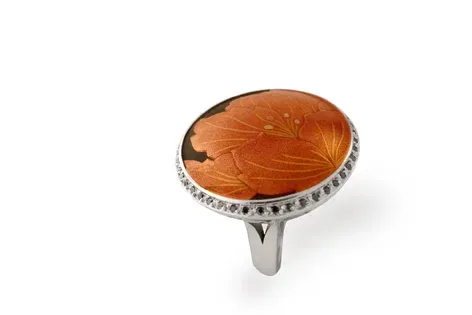

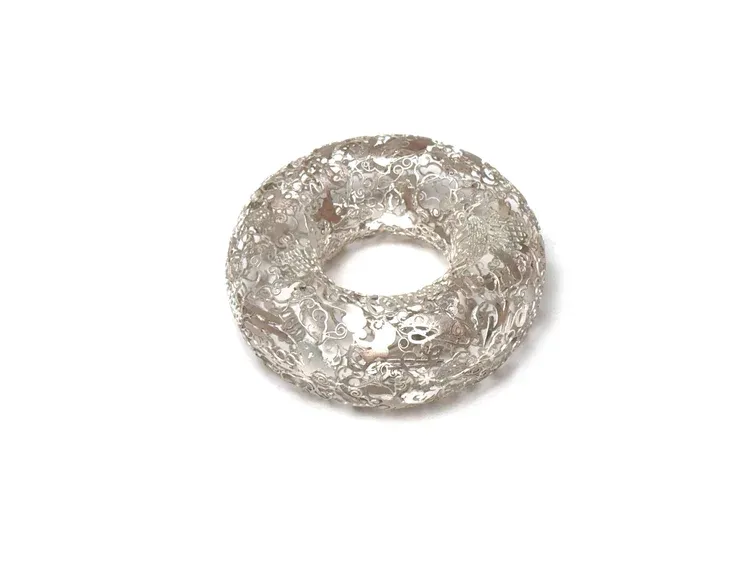

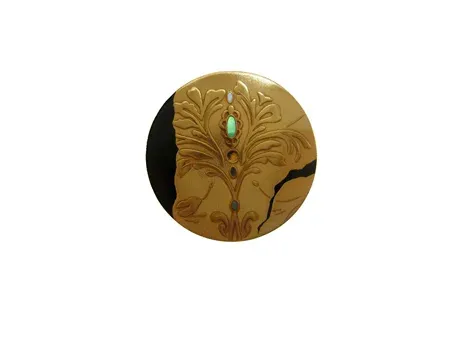
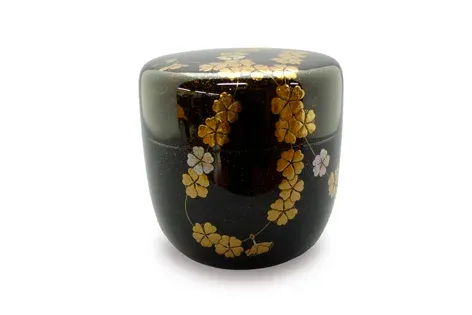
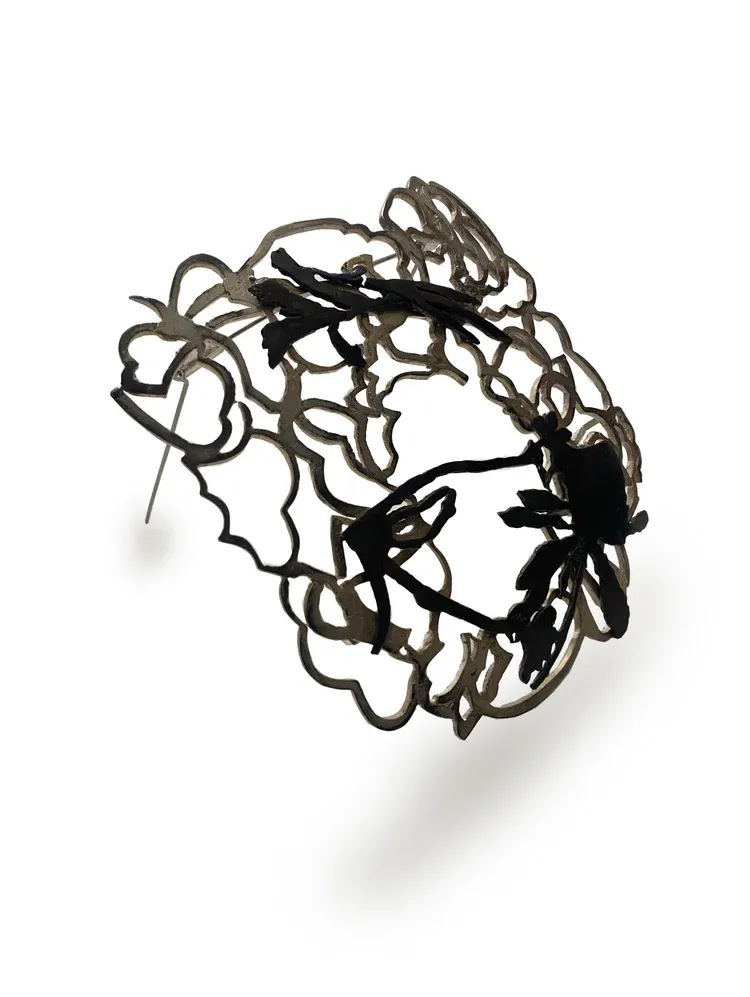
Bic Tieu, lacquer work. Born in an Indonesian refugee camp, Tieu trained in traditional Japanese maki-e lacquer technique in Kyoto and is considered Australia's leading exponent. Her works explore how objects hold stories, cultures, and knowledge across generations. Images courtesy the artist.
Her work asks: What gets preserved when everything else is lost? What knowledge can objects carry when language fails? For someone born in a refugee camp, these aren't abstract questions but lived realities. The exquisite craftsmanship of her lacquer work—labour-intensive, requiring patience and precision—stands as its own form of resistance to the disposability and erasure that refugees experience.
Feminist Histories and Natural Phenomena
Suzann Victor rounds out this survey as an artist whose career trajectory illuminates shifting centres of contemporary art. Born in Singapore in 1959, Victor represented Singapore at the 49th Venice Biennale in 2001—the only woman to do so until 2022—and co-founded 5th Passage (1991-1994), described as one of Southeast Asia's earliest feminist artist-initiatives. She moved to Australia 21 years ago to pursue doctoral studies at the University of Western Sydney and made it her home.



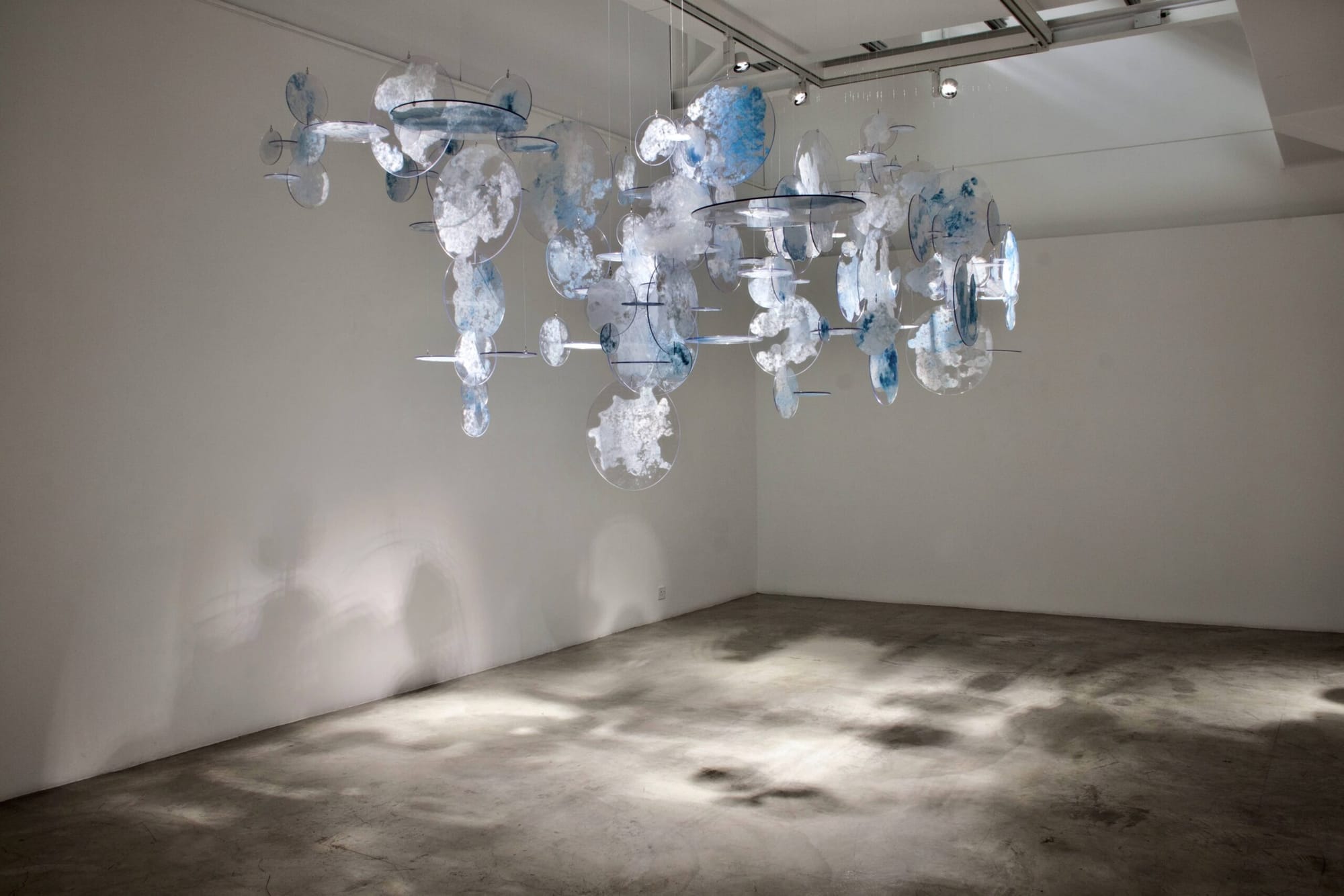
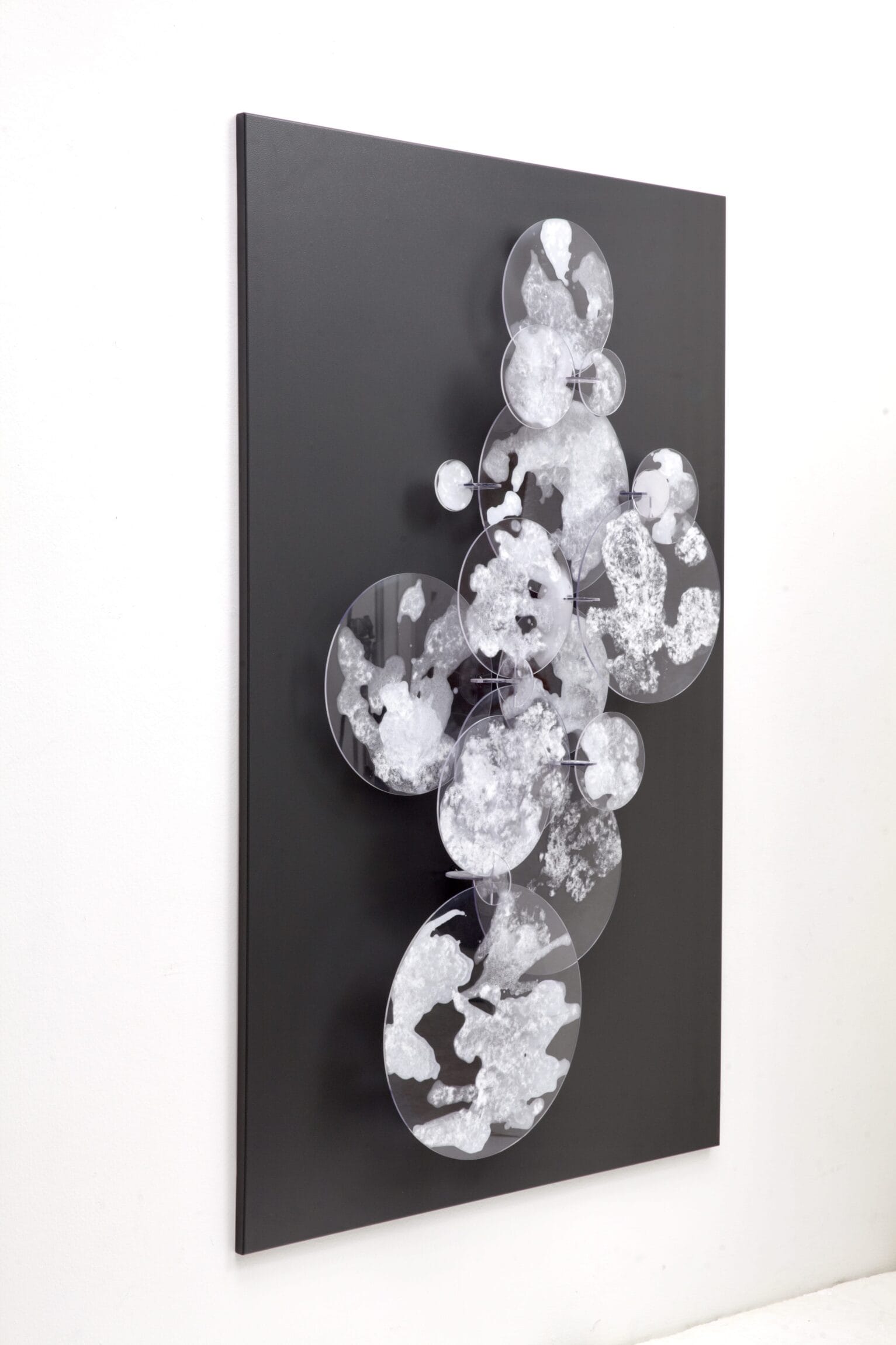


The works of Suzann Victor: https://suzannvictor.com/
Working across installation, painting, and performance, Victor is perhaps best known for works that engage natural phenomena. Her 2013 "Rainbow Circle: Capturing a Natural Phenomenon" induced rainbows within the interior of the National Museum of Singapore during the Singapore Biennale—a work that gives perception a political edge. Public artworks sit at World Square in Sydney and the National Museum of Singapore. Her presence in And Still I Rise brings the perspective of an artist who helped build feminist infrastructure in Southeast Asia and now contributes to the Australian art landscape.
The Politics of Angelou's Title
The decision to invoke Maya Angelou is not casual. And Still I Rise, Angelou's 1978 poetry collection, contains some of her most famous and defiant work. The title poem's most quoted lines—"You may write me down in history / With your bitter, twisted lies, / You may trod me in the very dirt / But still, like dust, I'll rise"—speak to resilience in the face of systemic oppression, specifically the experience of Black women in America.

By applying this title to an exhibition of culturally diverse women artists in Australia, the curator draws a line between Angelou's historical moment and our contemporary one, between the specific experience of African American women and the broader experiences of women navigating marginalization, cultural erasure, and the struggle for recognition. It's an ambitious gesture that invites comparison while respecting difference.
The exhibition doesn't claim these artists' experiences are identical to Angelou's, but it does insist they share something: a refusal to be defined solely by oppression, a determination to create beauty and meaning despite obstacles, a commitment to testimony and witness. The works here don't merely document difficulty; they transform it, alchemically, into forms that are—as the curatorial statement notes—"conceptually challenging, philosophically layered and intricately crafted."
What You'll See
The exhibition includes confirmed works by several artists beyond those profiled here. Marikit Santiago's "The Divine" (2020), which won the Sulman Prize, will be present. Mechelle Bounpraseuth contributes "Whole lychees in syrup" (2024), a work whose title alone suggests the kind of culturally specific imagery the exhibition foregrounds. Eugenia Lim's "New Australians (welcome stranger 1869/2015)" addresses historical migration narratives. Sancintya Mohini Simpson's "The plantation" (2022), Rubaba Haider's "The spider's touch..." (2017), and Devi Seetharam's "Akasha Malli (Cork Flower)" (2024) round out a selection that spans video, textile, metalwork, and installation.
The medium diversity matters. By bringing together such varied practices—from Boe's figurative painting to Oh's textiles to Lee's book deconstruction to Chan's sound installations—the exhibition argues for a capacious understanding of contemporary art that doesn't privilege any single approach. The message is clear: there's no single way to be a woman artist, no single way to navigate cultural identity, no single aesthetic vocabulary adequate to the multiplicity of experiences represented here.
Visiting and Context
And Still I Rise opens November 8 at the Art Gallery of New South Wales in the Naala Nura building's Ground level Asian Lantern galleries. Admission is free. The exhibition will remain on view through [check AGNSW website for closing date].
The show arrives as Australian institutions continue grappling with representation and whose stories constitute the national narrative. The Sydney Modern Project's expansion of AGNSW included the Naala Nura building with dedicated space for art from the Asia-Pacific—architectural recognition that Australian art exists in a regional context, not in isolation. Exhibitions like And Still I Rise, specifically funded for female Asian artists, signal institutional commitment to addressing historical gaps.
Whether this represents genuine transformation or remains a welcome but isolated gesture depends on what comes after. For now, we have twenty artists, multiple generations and cultural backgrounds, working in wildly different mediums but united by the determination Angelou articulated: to rise, despite everything. The exhibition invites us to see contemporary Australian art not as a monolith but as a conversation between multiple, often marginalized voices—voices that have always been present but haven't always been heard.
In the Asian Lantern galleries this November, they'll be impossible to ignore.
And Still I Rise
Art Gallery of New South Wales
Naala Nura building, Ground level, Asian Lantern galleries
Opens November 8, 2025
Free admission
artgallery.nsw.gov.au
Sources
Research for this article drew from: Art Gallery of New South Wales exhibition materials and press releases; artist websites and gallery representation materials for Mia Boe (Sutton Gallery, Roslyn Oxley9), Chun Yin Rainbow Chan, Jenna Lee (MARS Gallery), Haji Oh (Alison Bradley Projects), Bic Tieu, and Suzann Victor; AGNSW Archibald Prize archives (2024, 2025); Museum of Contemporary Art Australia Primavera 2024 materials; National Portrait Gallery; QAGOMA Asia Pacific Triennial documentation, and miscellaneous interviews.

